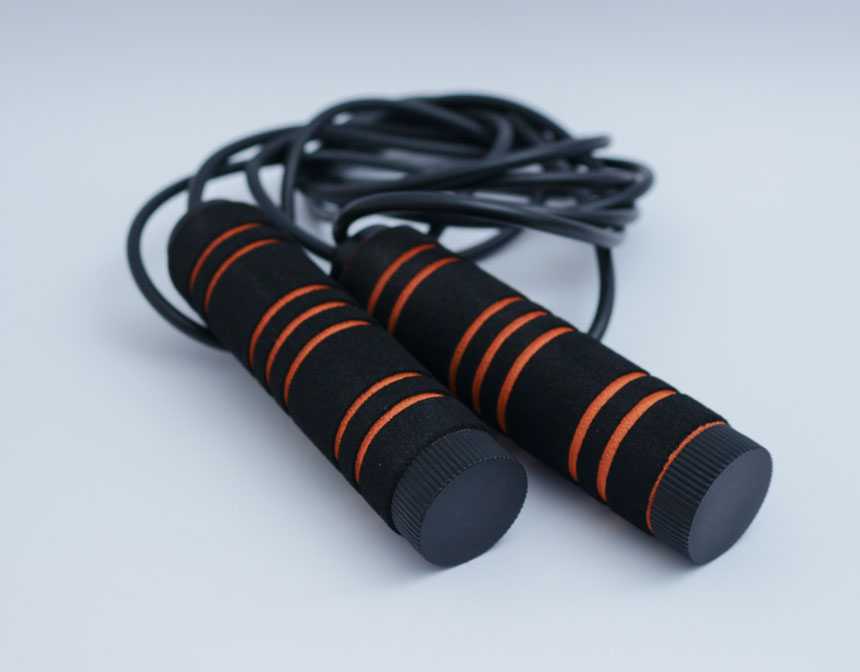Origins of Kettle Corn
Kettle corn has a long history, going back to the 18th century in early American cooking. Back then, settlers made it in big cast iron kettles, giving it the name "kettle corn." They used lard, popcorn, molasses, and honey to make this sweet and salty snack, especially during harvest festivals. Sweeteners like sugar and honey were scarce and expensive at that time.
Kettle corn maintained its popularity, especially at fairs, outdoor events, and markets. The recipe changed over time, and modern versions usually use vegetable oil and granulated sugar, making it lighter and easier to enjoy than the older recipe with lard and molasses.
Today, kettle corn is a favorite snack across the United States and beyond. People love the perfect mix of sweetness and saltiness, making it a snack for all kinds of tastes. You can enjoy it at home during movie nights, at gatherings, or whenever you want a quick treat. The recipe is simple, and making kettle corn is easy, giving you a taste of history with every bite.
Kettle Corn vs Popcorn
Kettle corn and regular popcorn are both popular snacks, but they differ in flavor, cooking technique, and ingredients, which gives each its unique characteristics.
Kettle Corn:
- Flavor: Kettle corn is known for its distinctive sweet and salty taste. The combination of sugar and salt creates a balanced flavor that appeals to those who enjoy both sweet and savory snacks.
- Ingredients: Along with popcorn kernels, kettle corn is typically made with sugar, salt, and oil. The sugar caramelizes as it cooks, giving kettle corn its signature sweetness and a slightly crispy texture.
- Cooking Method: Kettle corn is traditionally made in a large iron kettle (hence the name), but it can also be made in a regular pot or pan. The key is to heat the oil, sugar, and kernels together, allowing the sugar to caramelize as the popcorn pops.
- Texture: Due to the sugar content, kettle corn has a slightly crispy coating. The caramelization process during cooking creates a unique texture that's different from regular popcorn.
Regular Popcorn:
- Flavor: Regular popcorn is typically either plain (tasting mainly of the popped corn itself) or savory, often flavored with butter and salt. It does not have the sweetness of kettle corn.
- Ingredients: Standard popcorn is made with popcorn kernels and oil or butter. Seasonings like salt or herbs can be added after popping.
- Cooking Method: Popcorn can be made in a variety of ways, including on the stovetop, in an air popper, or in the microwave. The kernels are heated until they pop, turning inside out to create the fluffy texture.
- Texture: Regular popcorn is light and airy with a fluffy texture. When buttered, it can have a slightly moist exterior, but it lacks the crispy coating.
What To Serve with Kettle Corn?
Kettle corn is a versatile and flavorful snack that pairs well with various options. Whether you're enjoying it during a movie night, at a gathering, or just as a quick treat.
Here are our delicious recipes that you can serve with Kettle Corn:
How To Store Kettle Corn?
Storing kettle corn properly is essential to maintain its signature crunch and flavor. Here's how you can keep your homemade kettle corn fresh and delicious:
Short-Term Storage:
- Allow the kettle corn to cool completely at room temperature. This step is crucial as any residual warmth can create steam, leading to a loss of crispiness.
- Once cooled, transfer the kettle corn to airtight containers. Zip-lock bags or containers with tight-fitting lids work well.
- Store the containers in a cool, dry place away from direct sunlight and moisture. The pantry or a kitchen cabinet is usually ideal.
- Kettle corn is best enjoyed within a week of making it. Over time, it may lose its crispness even when stored properly.
Long-Term Storage (Freezing):
- If you need to store kettle corn for more than a week, you can freeze it. Use heavy-duty freezer bags to prevent freezer burn.
- Squeeze out as much air as possible from the bags before sealing them. This helps in preserving the texture and flavor.
- Place the bags in the freezer. Kettle corn can be stored in the freezer for up to three months.
- To thaw, simply take out the desired amount and let it sit at room temperature for a few minutes before consuming. The kettle corn will regain some of its crispness as it warms up.
Additional Tips:
- Avoid Humidity and Heat: Both can make kettle corn go stale quickly. Do not store near the stove or in a humid environment.
- No Refrigeration: Avoid storing kettle corn in the refrigerator as it can become chewy.
- Check for Freshness: Before consuming stored kettle corn, especially if it has been stored for a while, check for any signs of staleness or spoilage.



































